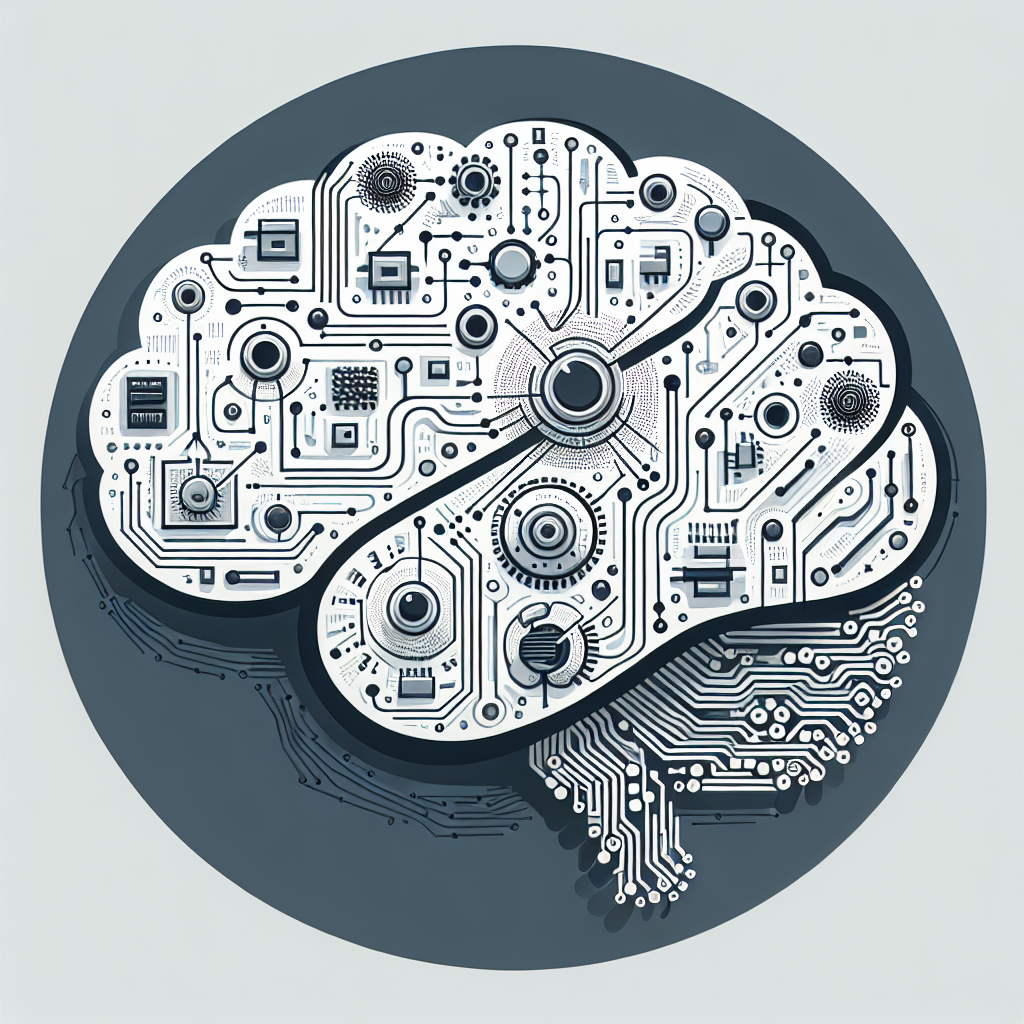Artificial General Intelligence (AGI) has been a topic of fascination and speculation for many years. It is the concept of a machine that possesses the same level of intelligence and cognitive abilities as a human being. While we have made significant advancements in the field of artificial intelligence (AI), we are still far from achieving true AGI. In this article, we will break down the basics of AGI, explore the technology behind it, and address some frequently asked questions about this groundbreaking technology.
What is AGI?
AGI refers to a hypothetical form of artificial intelligence that can perform any intellectual task that a human can. This includes reasoning, understanding language, learning, problem-solving, and more. In essence, AGI would be able to think and act like a human, exhibiting the same level of intelligence and cognitive abilities.
While narrow AI systems are designed to perform specific tasks or solve particular problems, AGI aims to create a machine that can adapt to a wide range of tasks and situations. This level of artificial intelligence has the potential to revolutionize industries, improve efficiency, and solve complex problems that are beyond the capabilities of current AI systems.
The Technology Behind AGI
Achieving AGI is a complex and challenging task that requires advancements in various fields of technology. Here are some key components and technologies that are essential for the development of AGI:
1. Machine Learning: Machine learning is a subset of AI that enables machines to learn from data and improve their performance over time. AGI systems would need to be able to learn and adapt to new information, similar to how humans learn from experience.
2. Neural Networks: Neural networks are a type of artificial intelligence that mimics the structure and function of the human brain. By using interconnected nodes and layers, neural networks can process and analyze complex data, making them essential for AGI systems.
3. Natural Language Processing: Natural language processing (NLP) is a branch of AI that focuses on enabling machines to understand and interpret human language. AGI systems would need advanced NLP capabilities to communicate effectively with humans and understand complex instructions.
4. Robotics: Robotics plays a crucial role in AGI by enabling machines to interact with the physical world. AGI systems would need to be able to perceive their environment, manipulate objects, and perform tasks in the real world, making robotics an essential component of AGI technology.
5. Cognitive Computing: Cognitive computing is a field of AI that focuses on creating systems that can simulate human thought processes. AGI systems would need to exhibit cognitive abilities such as reasoning, problem-solving, planning, and decision-making, making cognitive computing an important aspect of AGI technology.
Challenges of Achieving AGI
Despite the rapid advancements in AI technology, achieving AGI remains a significant challenge due to several key factors:
1. Complexity: Human intelligence is incredibly complex, involving a wide range of cognitive abilities and processes. Replicating this level of intelligence in a machine is a daunting task that requires breakthroughs in multiple areas of technology.
2. Data Limitations: AGI systems would need access to vast amounts of data to learn and improve their performance. However, collecting, storing, and processing this data presents logistical challenges that must be overcome.
3. Ethical Concerns: The development of AGI raises ethical concerns about the potential impact on society, privacy, and employment. Ensuring that AGI systems are used responsibly and ethically is essential to prevent unintended consequences.
4. Safety and Security: AGI systems must be designed with robust safety and security measures to prevent misuse or unintended consequences. Ensuring that AGI systems are reliable, trustworthy, and safe is crucial for their successful deployment.
FAQs About AGI
Q: How is AGI different from narrow AI?
A: Narrow AI systems are designed to perform specific tasks or solve particular problems, whereas AGI aims to create a machine that can adapt to a wide range of tasks and situations, exhibiting the same level of intelligence and cognitive abilities as a human.
Q: When will AGI be achieved?
A: The timeline for achieving AGI is uncertain, as it depends on advancements in technology, research, and funding. While some experts predict that AGI could be achieved within the next few decades, others believe it may take much longer.
Q: What are the potential applications of AGI?
A: AGI has the potential to revolutionize industries such as healthcare, finance, education, and transportation. It could improve efficiency, solve complex problems, and automate tasks that are currently beyond the capabilities of AI systems.
Q: What are the ethical considerations of AGI?
A: The development of AGI raises ethical concerns about the impact on society, privacy, and employment. Ensuring that AGI systems are used responsibly and ethically is crucial to prevent unintended consequences.
Q: How can we ensure the safety and security of AGI systems?
A: AGI systems must be designed with robust safety and security measures to prevent misuse or unintended consequences. Ensuring that AGI systems are reliable, trustworthy, and safe is essential for their successful deployment.
In conclusion, AGI represents a groundbreaking leap in artificial intelligence technology, with the potential to transform industries, improve efficiency, and solve complex problems. While achieving true AGI remains a significant challenge, advancements in technology and research are bringing us closer to this goal. By understanding the basics of AGI and addressing key challenges and considerations, we can prepare for the transformative impact of this revolutionary technology.

